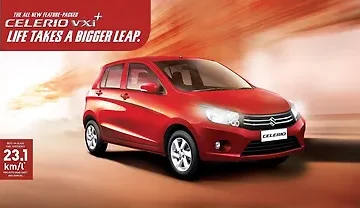The Growing Popularity of SUVs in India

Introduction
The sports utility vehicle (SUV) has seen a monumental rise in popularity across the globe, and India is no exception. With changing consumer preferences, increasing urbanization, and the advent of advanced technologies, SUVs have become a preferred choice for many Indian buyers. This shift signifies not only a transformation in personal transportation but also a pivotal change within the automotive market itself.
The SUV Boom in India
Recent market analyses reveal that the SUV segment has captured a significant portion of the Indian automotive landscape. According to the Society of Indian Automobile Manufacturers (SIAM), SUV sales accounted for nearly 40% of total passenger vehicle sales in 2022, a notable rise from previous years. Major players such as Hyundai, Kia, Tata Motors, and Mahindra have introduced a plethora of models catering to diverse customer needs.
The appeal of SUVs can be attributed to several factors. Firstly, they offer more space and a commanding driving position compared to sedans, making them attractive to families. Secondly, emerging middle-class consumers are seeking vehicles that reflect a lifestyle choice—SUVs are often viewed as robust and powerful, providing a sense of luxury and status.
Technological Advancements
The technological advancements in SUVs have also played a key role in their rising popularity. Features such as all-wheel drive, advanced safety systems, connectivity options, and fuel efficiency have enhanced the driving experience. As manufacturers innovate and introduce electric SUVs, like the Tata Nexon EV and MG ZS EV, eco-conscious consumers are also being drawn to the segment.
Challenges and the Future
However, the growing SUV market is not without challenges. Issues such as traffic congestion, rising pollution levels, and stricter emissions regulations are causing manufacturers to rethink design strategies. This brings forth the question of sustainability, prompting the industry to adapt by developing more fuel-efficient and environmentally friendly models.
Conclusion
In conclusion, the SUV’s meteoric rise in India is a reflection of changing consumer preferences fueled by urbanization, lifestyle aspirations, and technological innovations. As manufacturers continue to adapt to the market’s demands and strike a balance between performance and sustainability, it is clear that SUVs will remain a dominant segment in the Indian automotive industry for the foreseeable future. Consumers can look forward to a plethora of options that cater not only to their driving needs but also their aspirations for a greener and more connected future.








